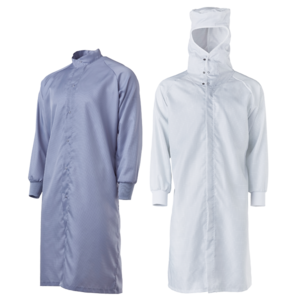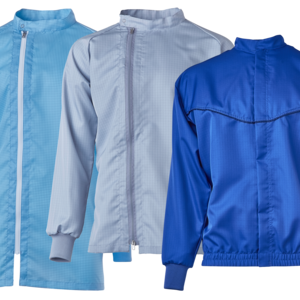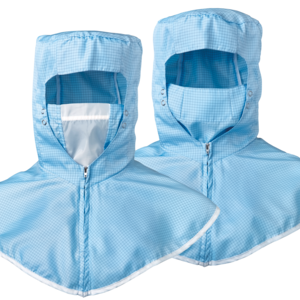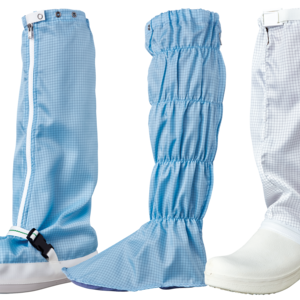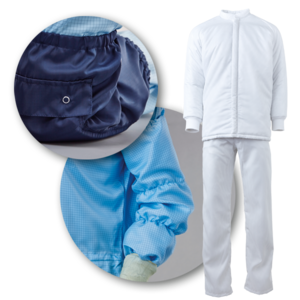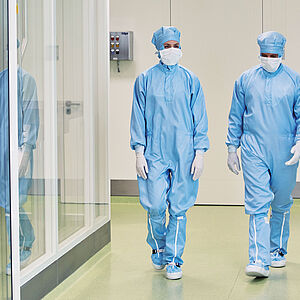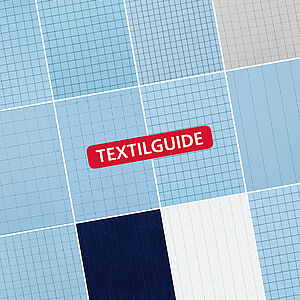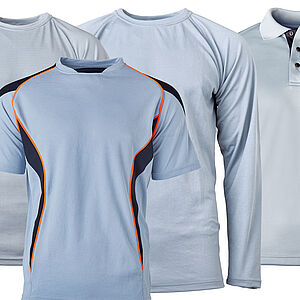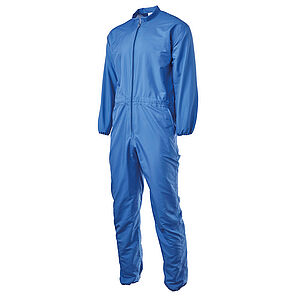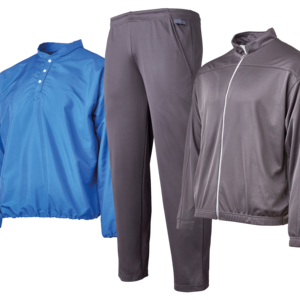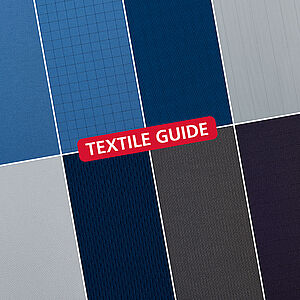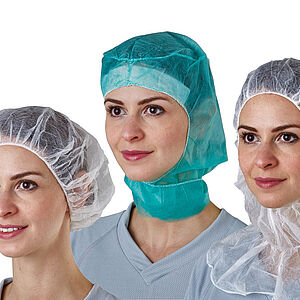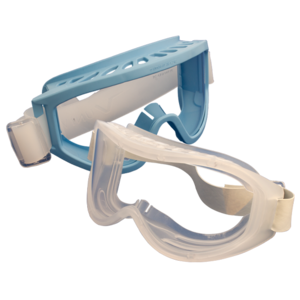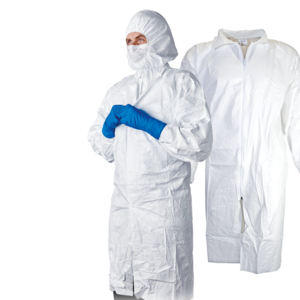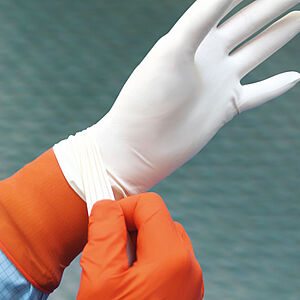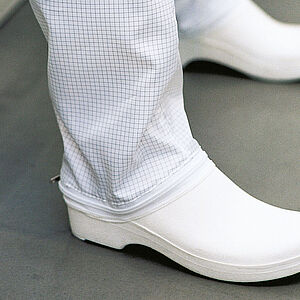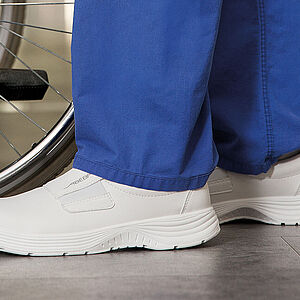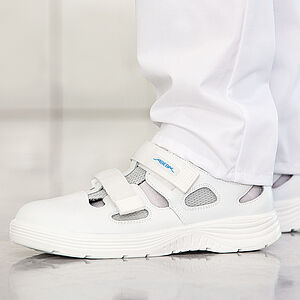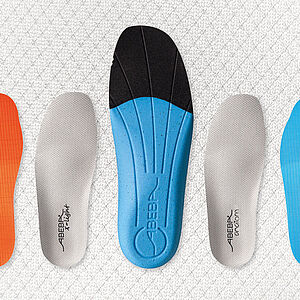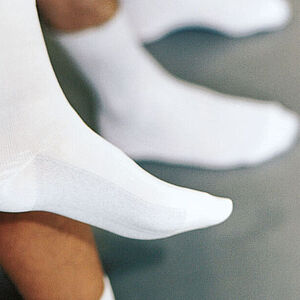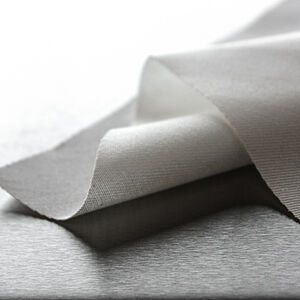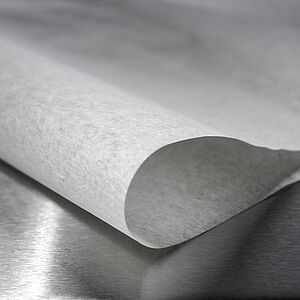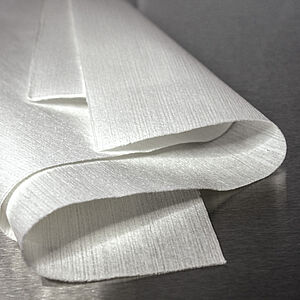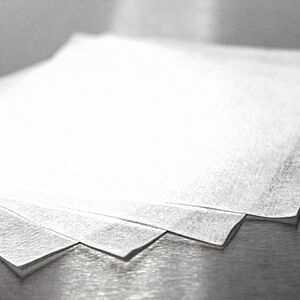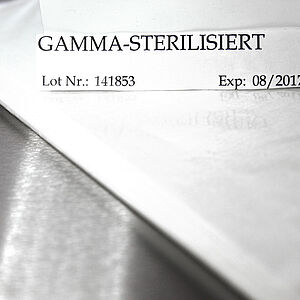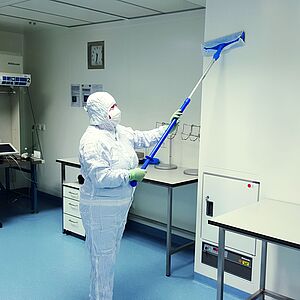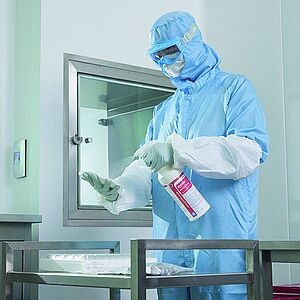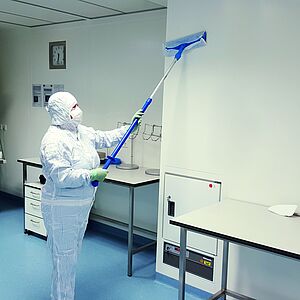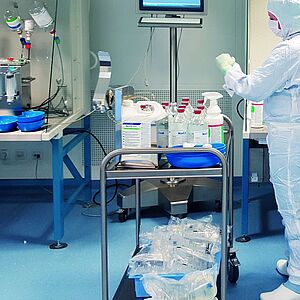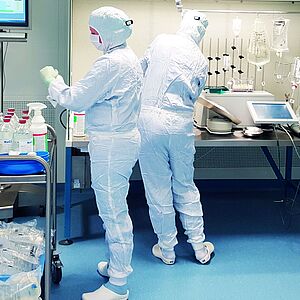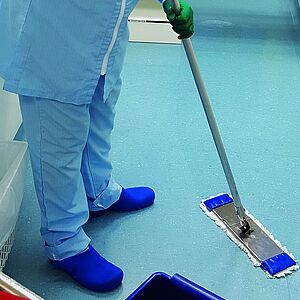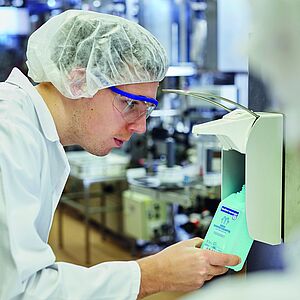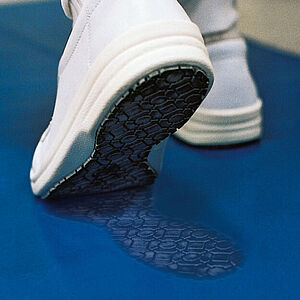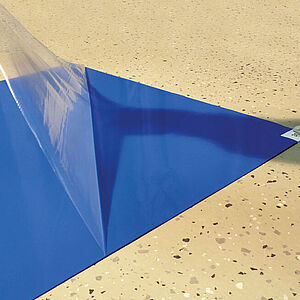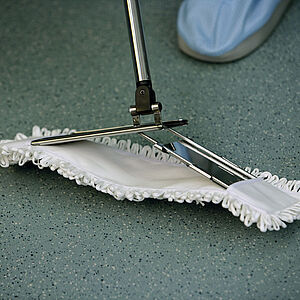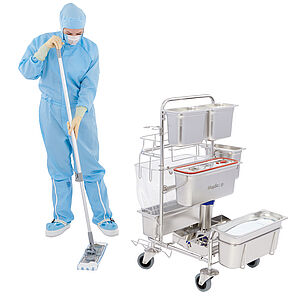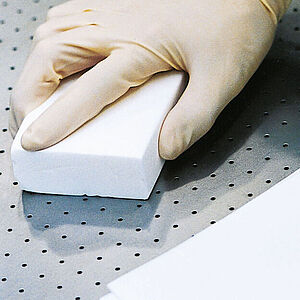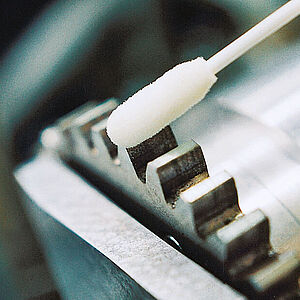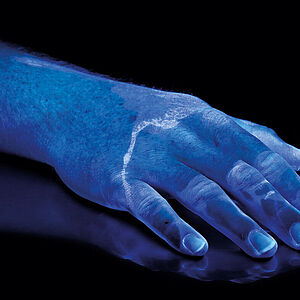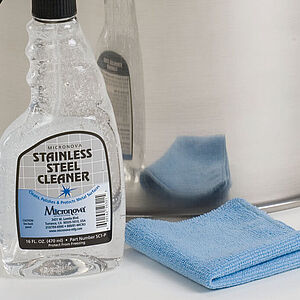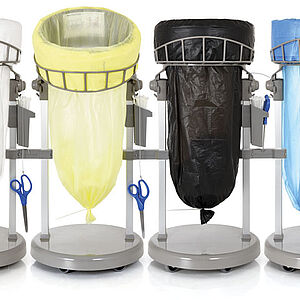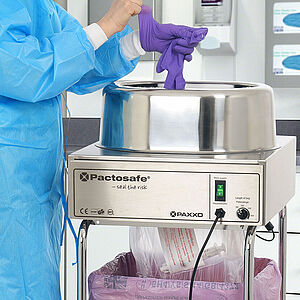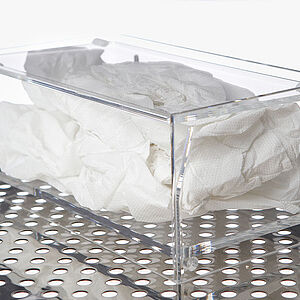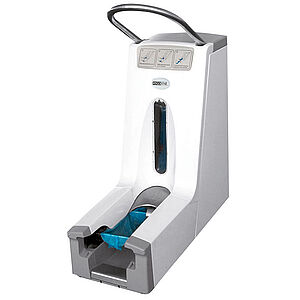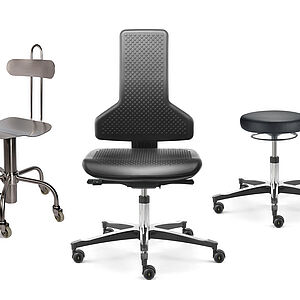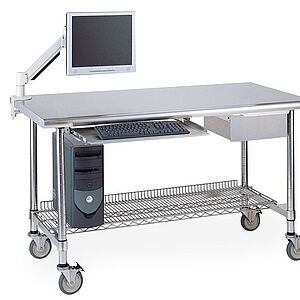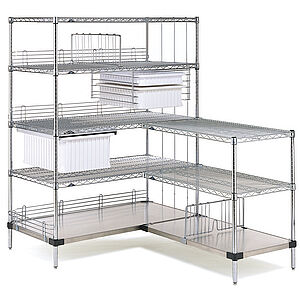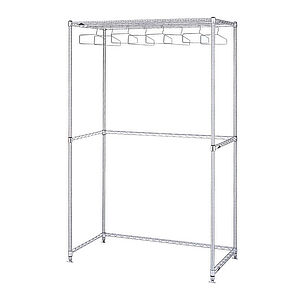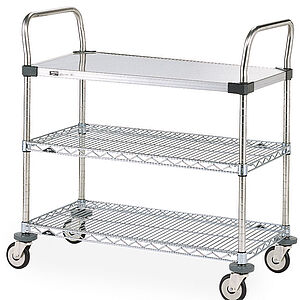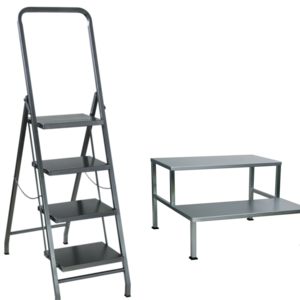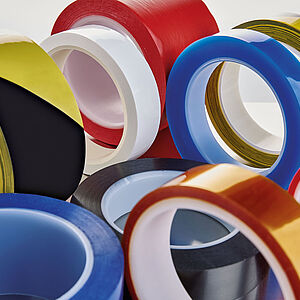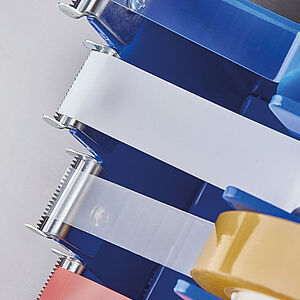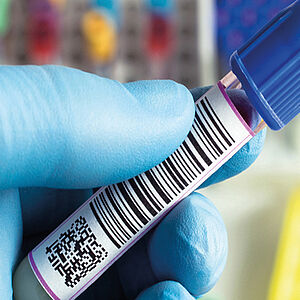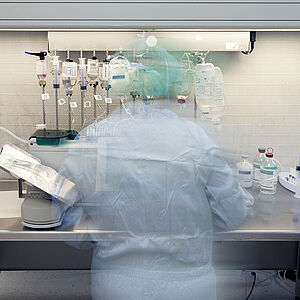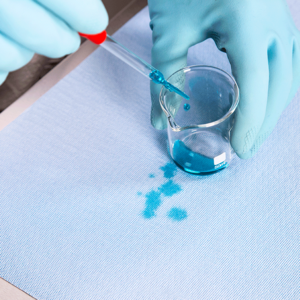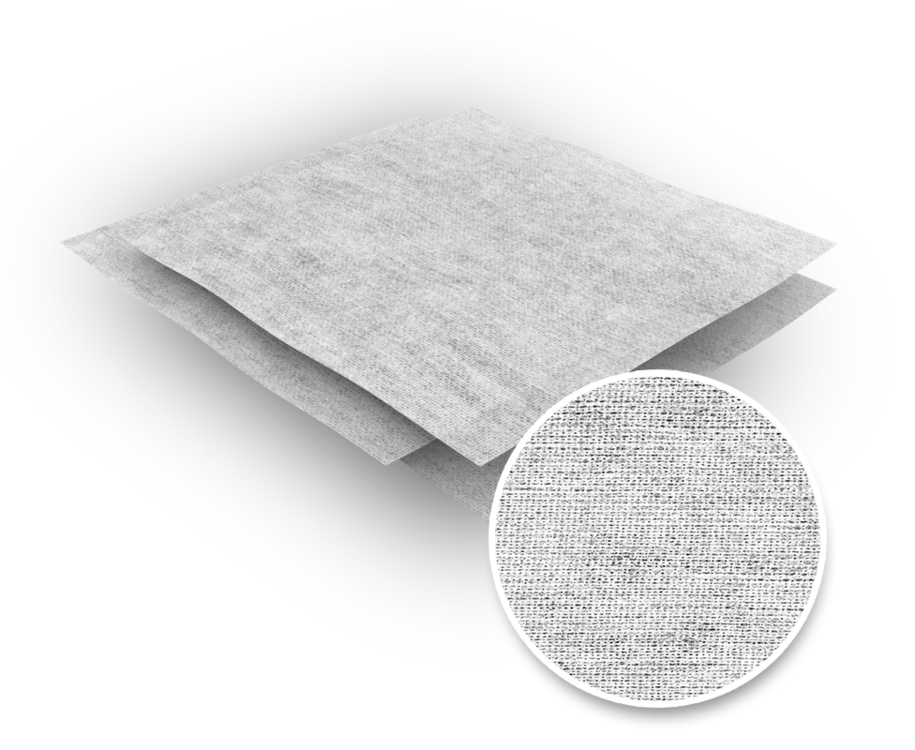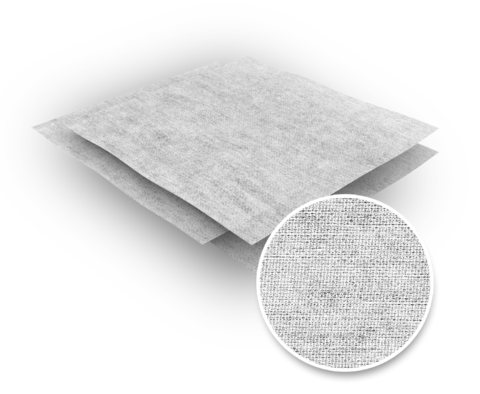Series 305, a non-woven polyester cellulose wipe, is versatile, both in microbiological controlled zones and in purely particle-controlled areas. Despite the non-woven construction, the wipe features satisfactory abrasion resistance and tear strength (even when wet). The wipe combines the different strengths of cellulose (➜ absorbency) and polyester fibre (➜ abrasion resistance) and is thus also a "middle ground" in terms of price. In addition, the wipes have a relatively good chemical resistance, especially to the most common cleaning agents and disinfectants.
Facts
Polyester-cellulose
Non-woven, 49% PES / 51% CEL, textured surface
Properties
- 51% cellulose, 49% polyester
- hydro-entangled non-woven fabric
- low particle and fibre emission
- relatively abrasion resistant
- good absorptive capacity
- structured surface increases particle removal
- double bag packaging
Advantages
- lower particle release than some other non-woven wipes
- thick, voluminous, three-dimensional structure removes persistent residues on surfaces
- good chemical compatibility with different solvents and cleaning agents
Applications
- ideal for absorbing aqueous spills and for applying solutions
- wiping processes at the workstation
- life science, laboratory and pharmacy
- manufacture of medical devices
Product recommendation based on cleanroom classes
Of course, cleanroom wipes used in ISO 5 can also be used in ISO 9, but in this case the economic efficiency and usefulness should be considered.
A 1 to 1 allocation of cleanroom wipes to an air cleanliness class according to ISO 14644-1 is not possible. Recommendations can only be made on the basis of special properties relevant from a cleanroom technical point of view, such as "abrasion resistance" or "particle emission". Users can find further information on this in VDI Guideline 2083 Part 9.2.
Technical data
| Properties | Unit of measurement | Value | Test method | |
|---|---|---|---|---|
| Material | 49% PES / 51% CEL | |||
| Edge processing | cold cut | |||
| Mass per unit area | g/m2 | 61 | ||
| Thickness |
mils mm |
20 0.51 | ||
|
Absorptive capacity (Ai) intrinsic (Ae) extrinsic | ml/g ml/m2 | 7.7 444 | IEST-RP-CC004.3 | |
| Absorbency rate | second | n. s. | IEST-RP-CC004.3 | |
|
NVR Non-volatile residues |
IPA based DI-water based |
g/m2 g/m2 |
0.012 0.023 | IEST-RP-CC004.3 |
| Particle residues |
0.5 – ≤ 5.0 µm > 5.0 – ≤ 100 µm |
x 106/m2 x 106/m2 |
95 4.9 |
IEST-RP-CC004.3 Section 6.1.3 Biaxial Shake Test |
| Fibre residues | > 100 µm | fibres/m2 | 128,000 |
IEST-RP-CC004.3 Section 6.2.2.2 |
| Ionic residues |
Sodium (Na+) Chloride (ClO2-) |
ppm ppm |
17 18 |
IEST-RP-CC004.3 Section 7.2.2.1 |
| Organic contaminants |
silicone oil amides D-n-octylphthalate (DOP) |
n. s. n. s. n. s. |
by FTIR spectrometer Fourier transform infrared spectrometer | |
| Size | PU/Carton | subpacked | Art. no. | |
|
4" x 4" 9" x 9" 12" x 12" 18" x 18" |
9,600 2,400 1,800 800 |
48 bags à 200 wipes 12 bags à 200 wipes 18 bags à 100 wipes 16 bags à 50 wipes |
55305 0404 55305 0909 55305 1212 55305 1818 | |
| n. s. = not specified n. d. = not detectable |
Note






